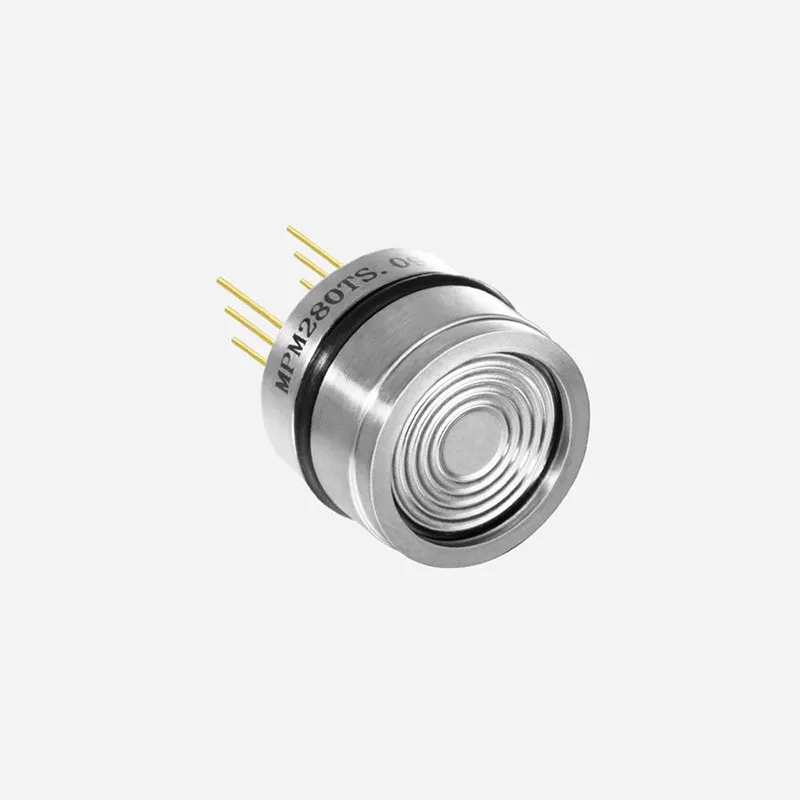Anti-corrosive Pressure Sensor
Φ19mm
-1bar...0bar~1bar…700bar
Tantalum Diaphragm
New Product Change Notice (PCN) effective Jan 1, 2025. MICROSENSOR appreciate your understanding.
MPM280TS
Used For
Chemical Processing, Oil and Gas Production, Water Treatment
Leave a MessageMPM280TS Anti-corrosive Pressure Sensor is made of corrosion-resistant materials to resist the erosion of corrosive media. Tantalum isolated diagram plus SS316L shell housing. Viton O-rings for sealing. Both standard and customized mechanical and electrical configurations are available.
The anti-corrosive property of MPM280TS makes it ideal for use in a wide range of industrial applications, including chemical processing, oil and gas production, and water treatment. By providing accurate and reliable pressure measurements, even in corrosive environments, anti-corrosive pressure sensors help ensure safe and efficient operations, while reducing downtime and maintenance costs.
Specification
• Linearity: Typ. ±0.15 %FS
• Repeatability: Typ. ±0.05 %FS
• Hysteresis: Typ. ±0.05 %FS
• Zero output: Typ. ±1.0 mV DC
• Output/Span**: Min. 70 mV DC
• Zero thermal error: Typ. ±0.75 %FS, @25℃
• FS thermal error: Typ. ±0.75 %FS, @25℃
• Working Temp. Range: -40~125 ℃
• Long-term Stability: Typ. ±0.2% FS/Year
Image:
MPM280TS Anti-corrosive Pressure Sensor is made of corrosion-resistant materials to resist the erosion of corrosive media. Tantalum isolated diagram plus SS316L shell housing. Viton O-rings for sealing. Both standard and customized mechanical and electrical configurations are available.
The anti-corrosive property of MPM280TS makes it ideal for use in a wide range of industrial applications, including chemical processing, oil and gas production, and water treatment. By providing accurate and reliable pressure measurements, even in corrosive environments, anti-corrosive pressure sensors help ensure safe and efficient operations, while reducing downtime and maintenance costs.
Specification
• Linearity: Typ. ±0.15 %FS
• Repeatability: Typ. ±0.05 %FS
• Hysteresis: Typ. ±0.05 %FS
• Zero output: Typ. ±1.0 mV DC
• Output/Span**: Min. 70 mV DC
• Zero thermal error: Typ. ±0.75 %FS, @25℃
• FS thermal error: Typ. ±0.75 %FS, @25℃
• Working Temp. Range: -40~125 ℃
• Long-term Stability: Typ. ±0.2% FS/Year
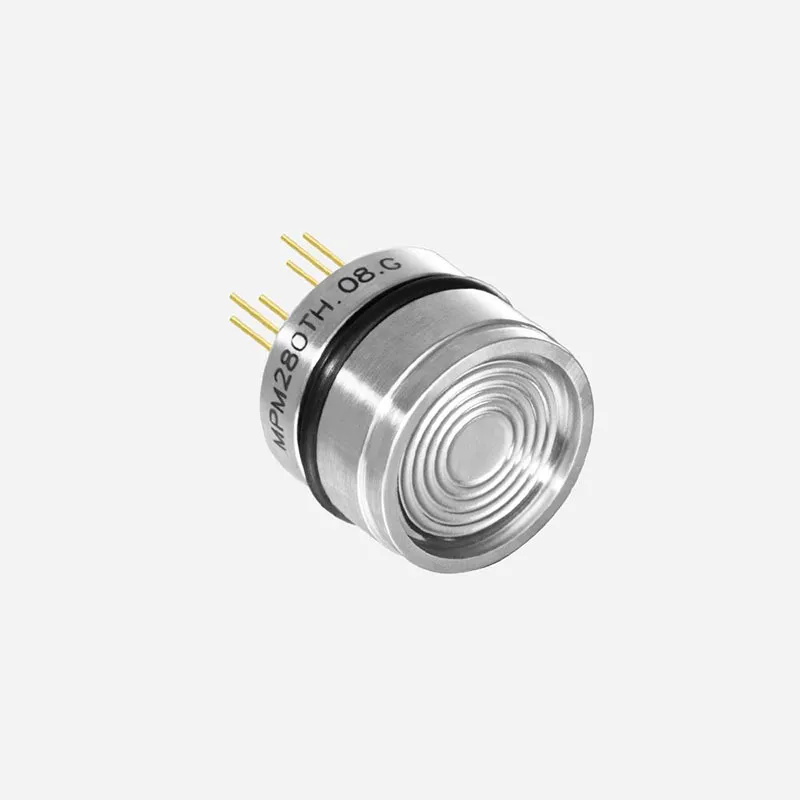
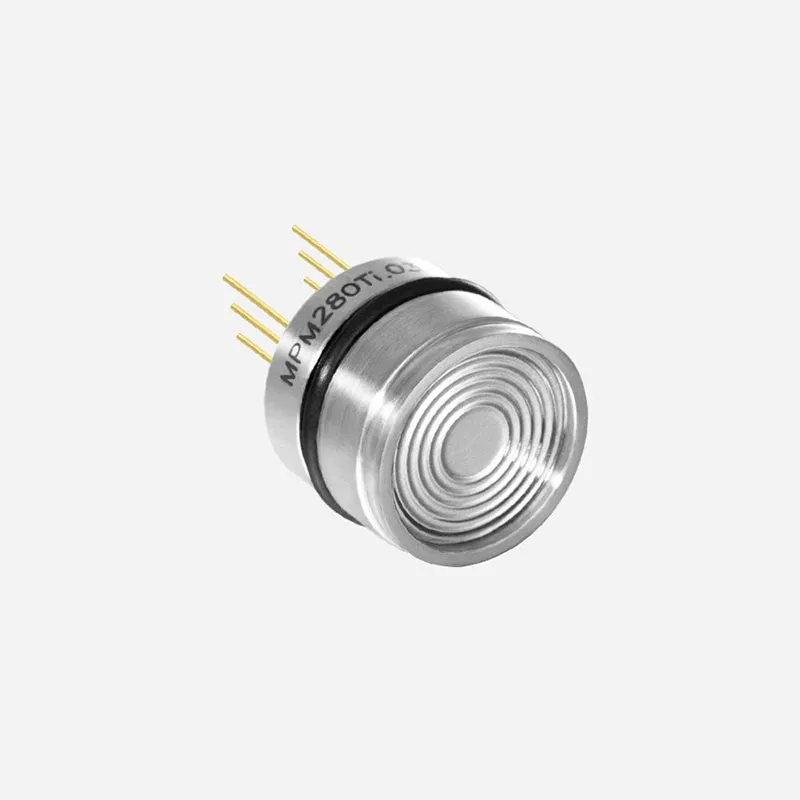
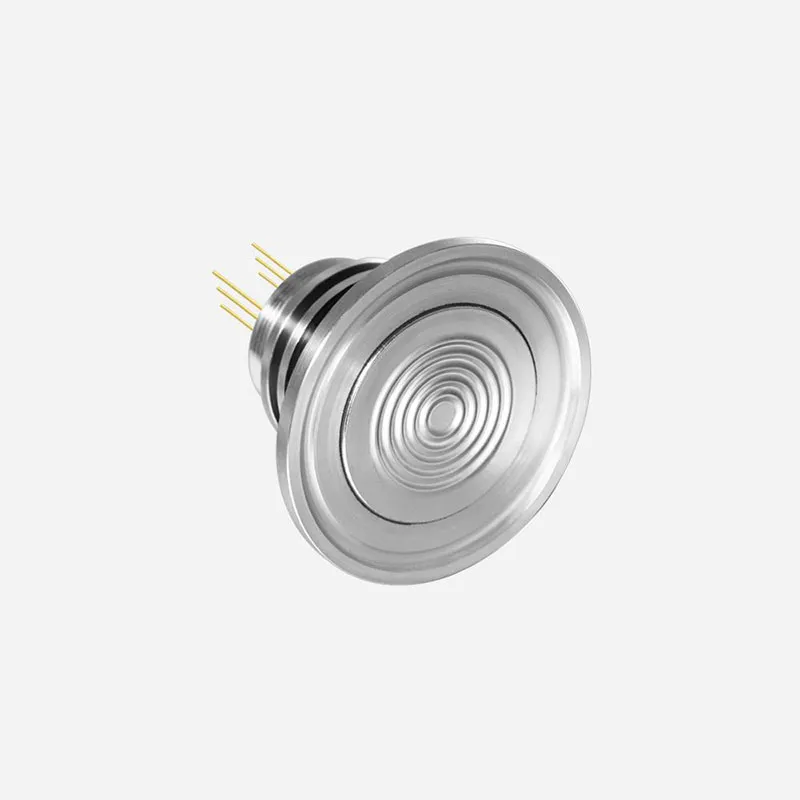
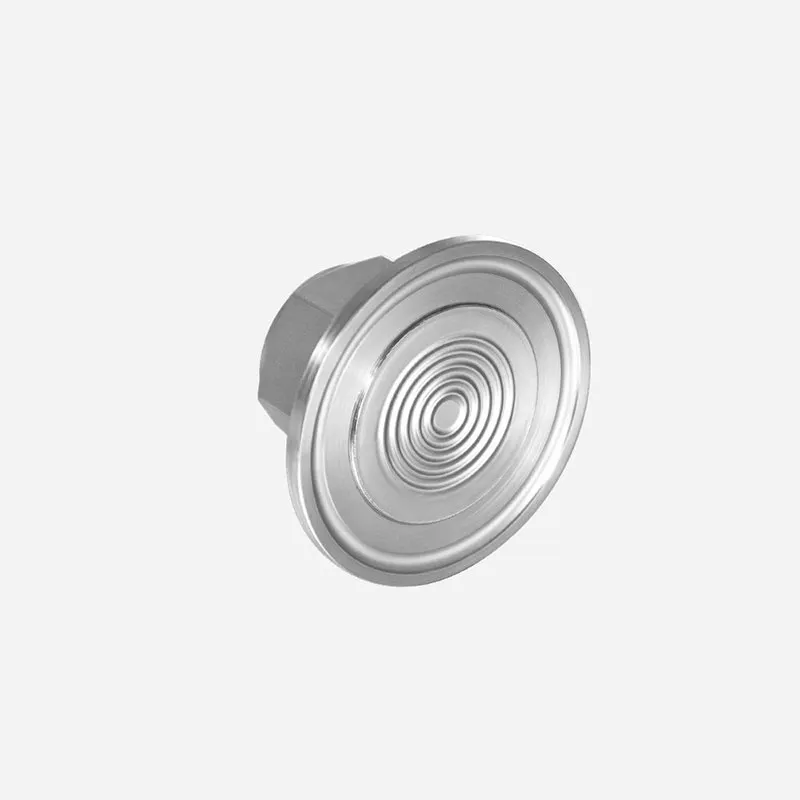
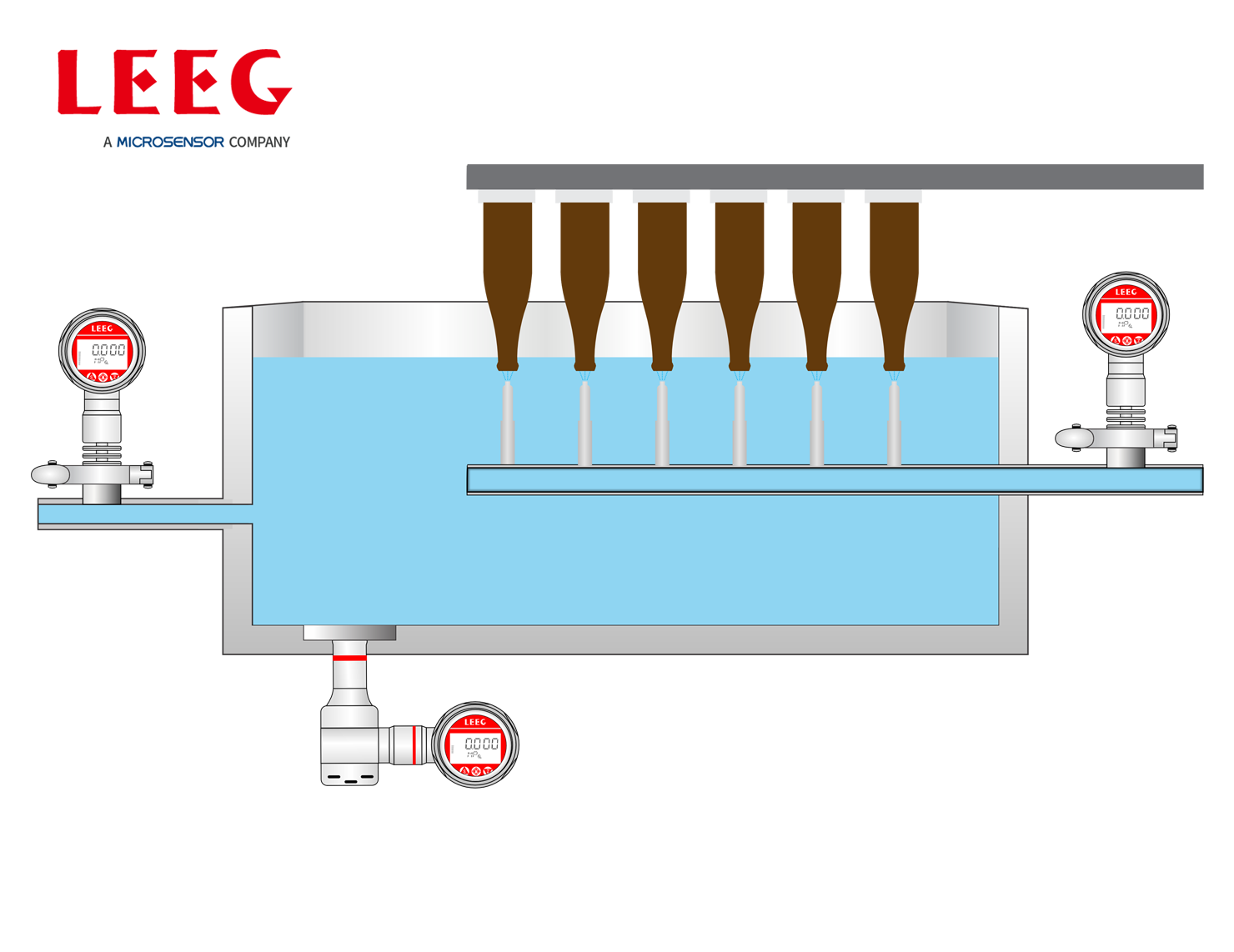
Before beer bottles, medicine bottles, and condiment bottles are filled with liquid, they need to be cleaned first. The cleaning process is as follows: First, the bottles are filled with lye in the alkali tank to remove most of the stains; then, the bottles are back washed with high pressure using water of different temperatures to wash away the remaining impurities and lye. To ensure the stable operation of the bottle washing machine, the level of the alkali tank needs to be measured by hydrostatic pressure. In addition, the pressure of the alkali tank water inlet pipe and the nozzle pipe also needs to be measured.
more info...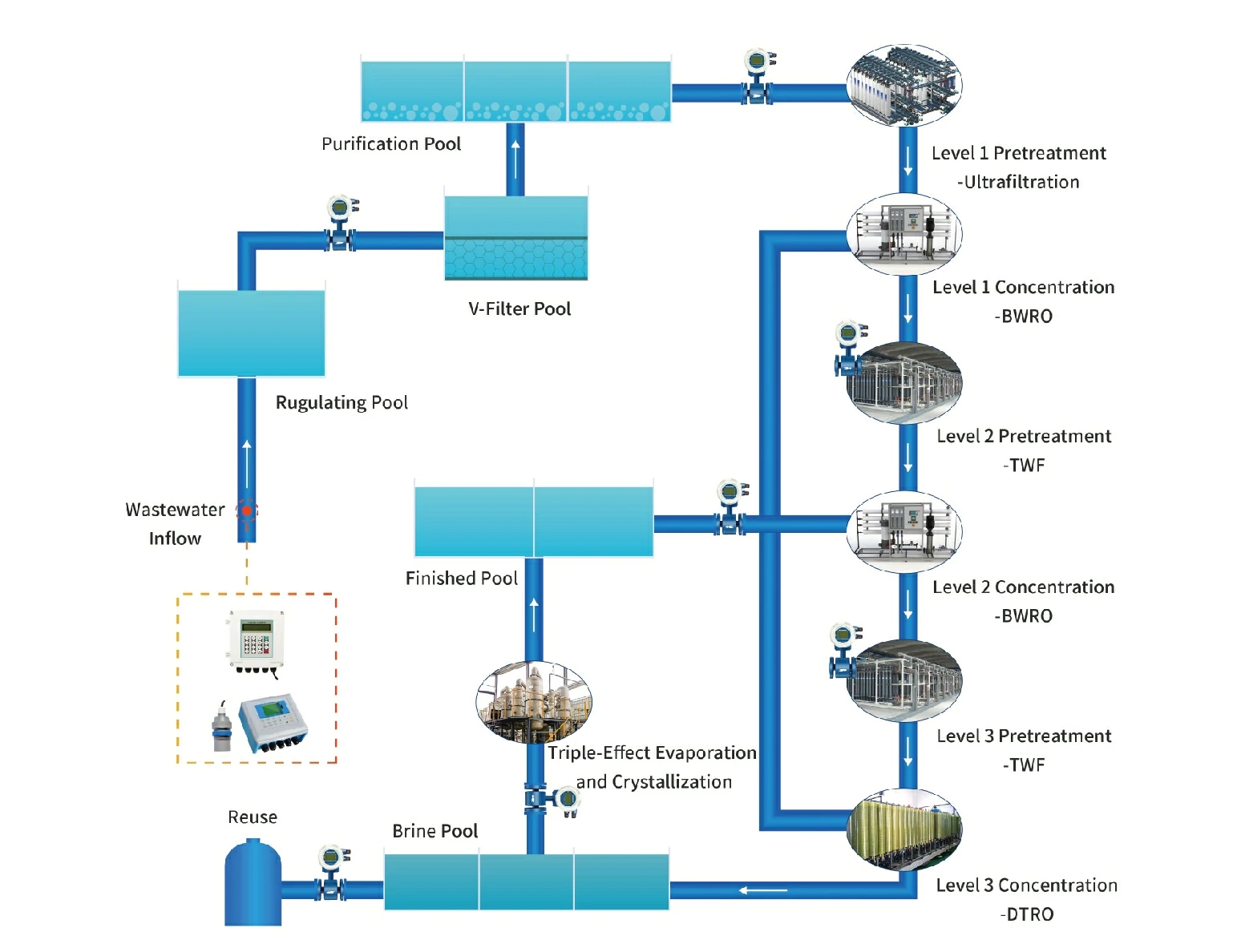
In response to the national sustainable development strategy, enterprises typically install industrial wastewater treatment equipment, such as magnetic flowmeters and open channel flowmeters, to monitor and measure wastewater treatment and discharge.
more info...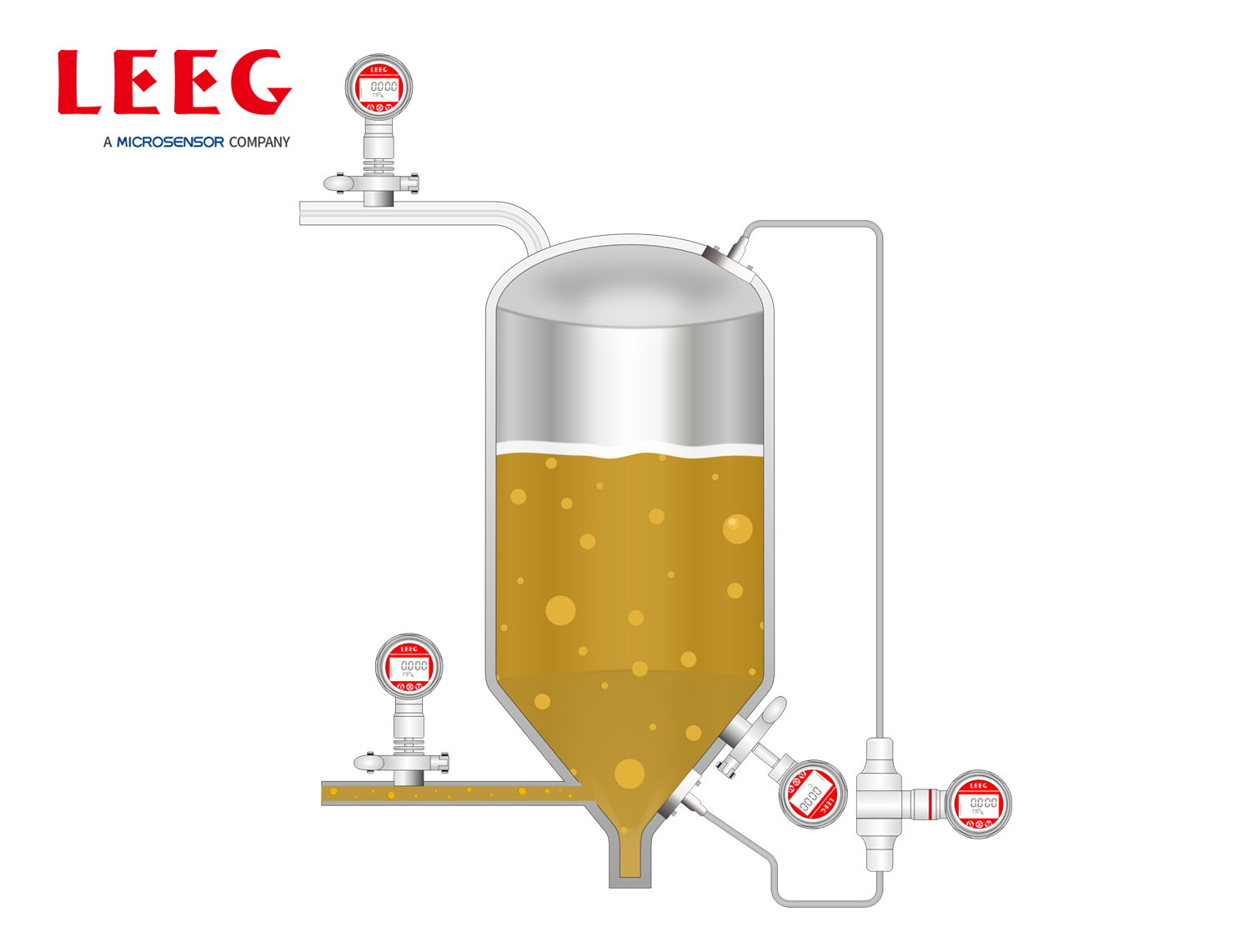
When the malt juice cools to the appropriate temperature, adding yeast initiates the fermentation process. During this process, yeast converts maltose dissolved in the malt juice into carbon dioxide and alcohol. To ensure a smooth fermentation process, it is necessary to measure the temperature and liquid level of the fermentation tank, as well as the carbon dioxide in the recovery pipe and the pressure in the yeast pipe.
more info...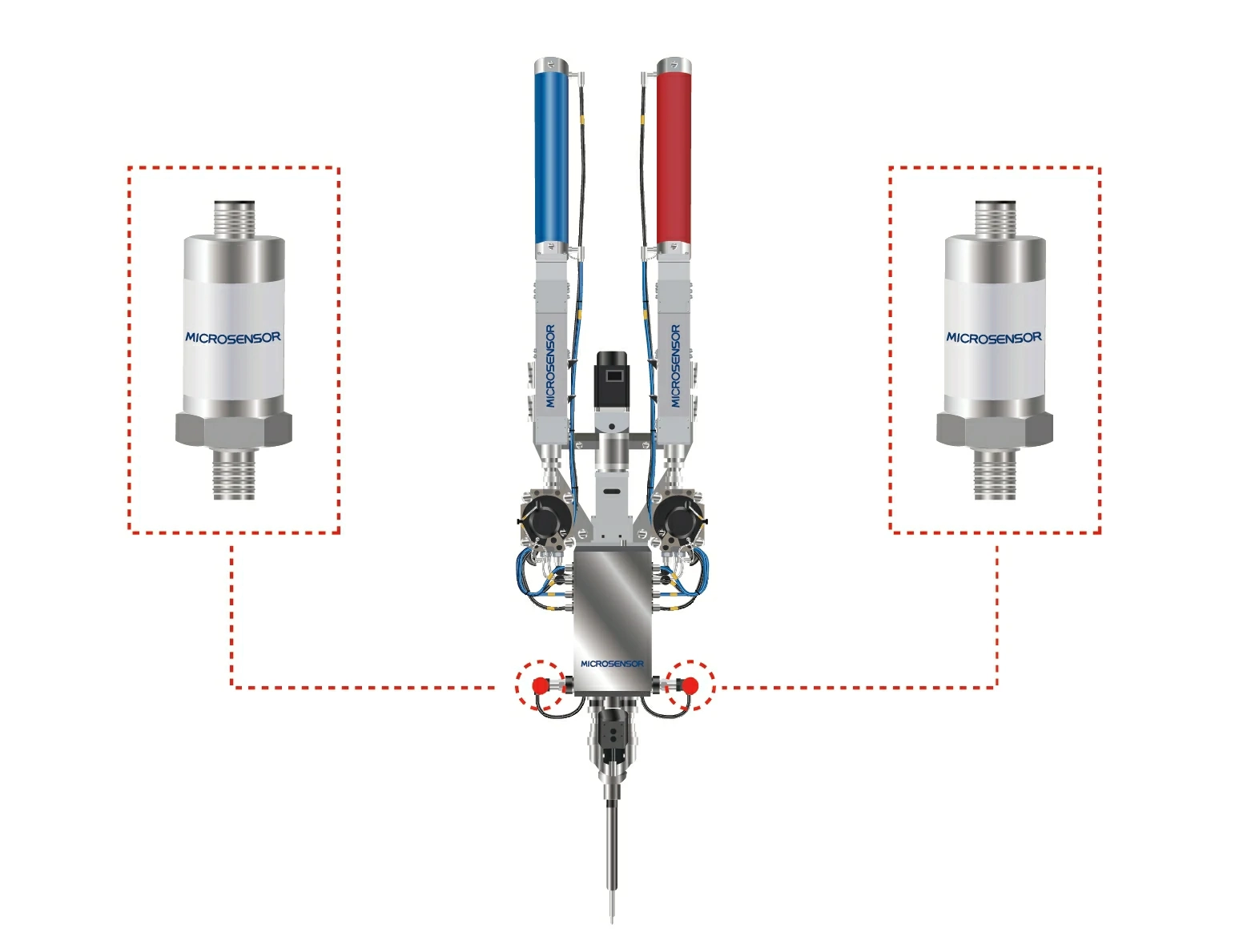
Dispensing machine is used to control adhesive, paint and other liquids. It requires compressed air to be fed into the glue bottle for proper operation. The role of the pressure transmitter is to monitor the pressure at the air inlet to ensure that the dispenser works properly.
more info...